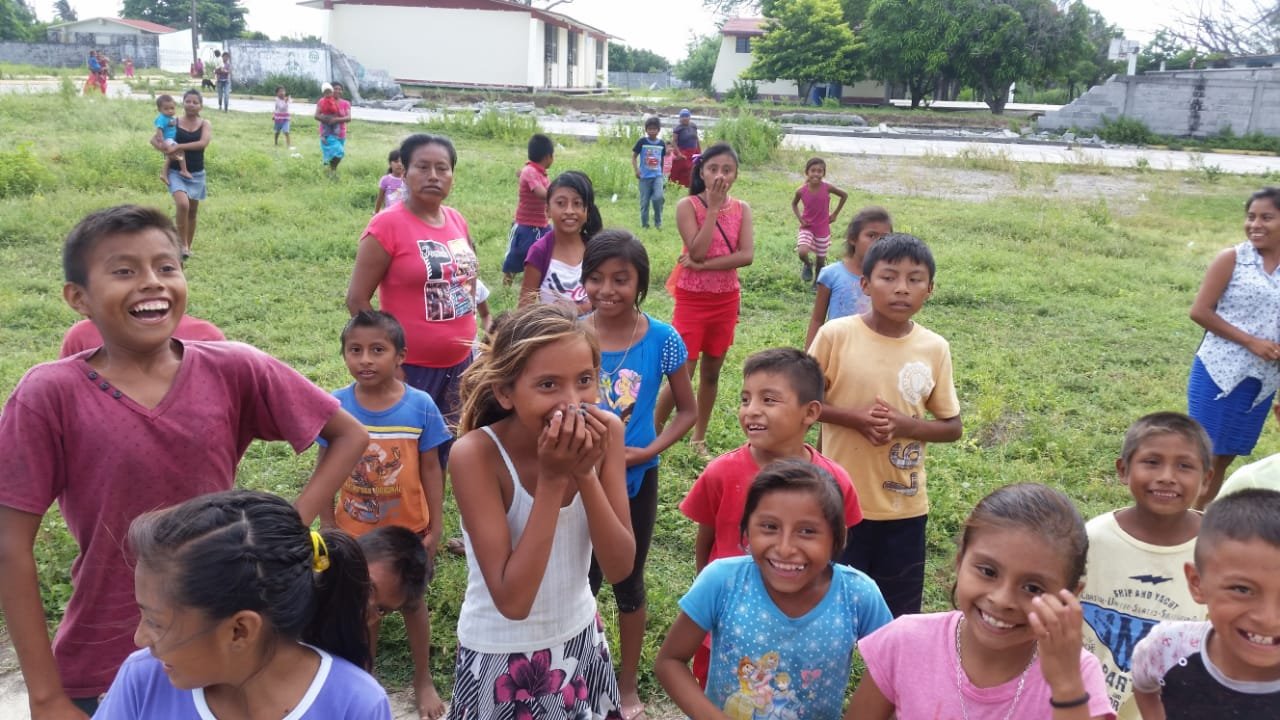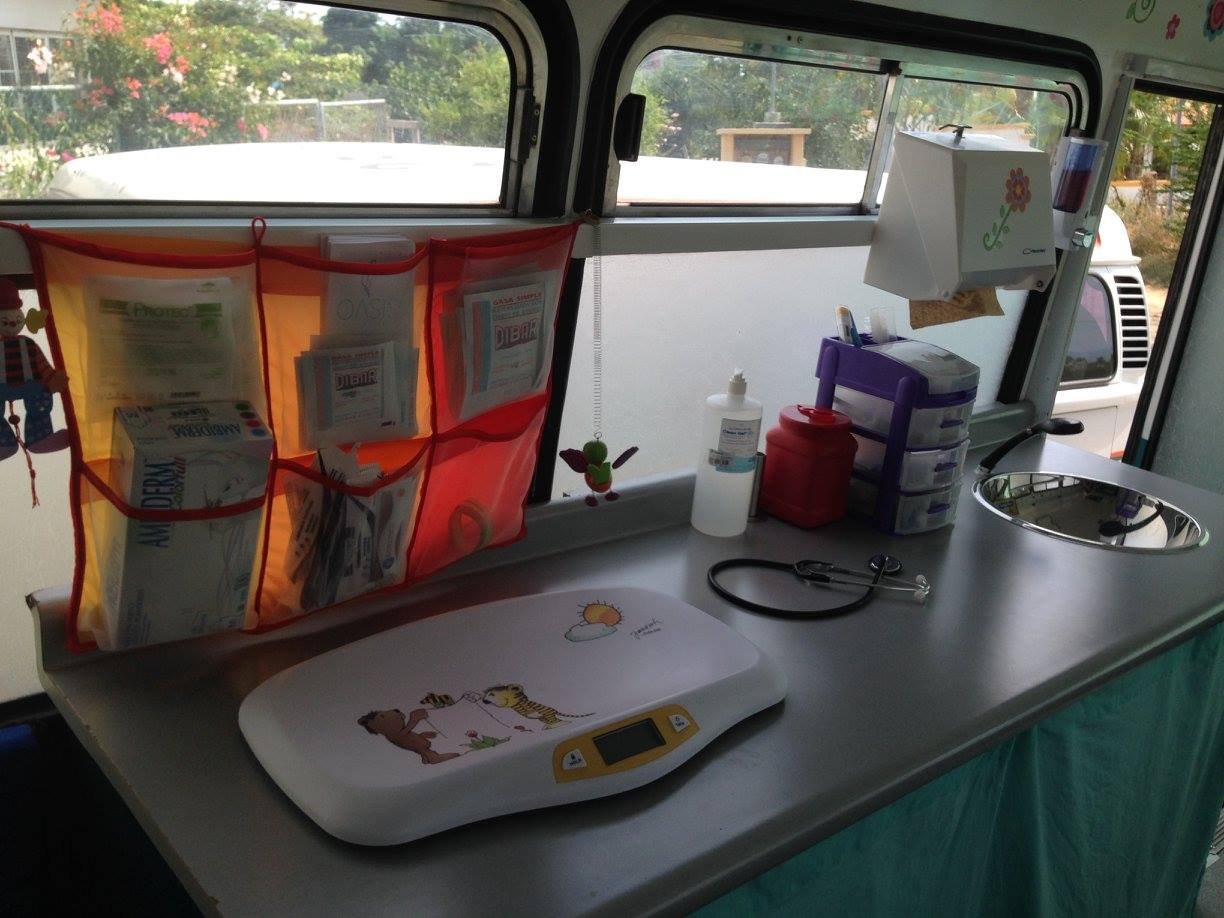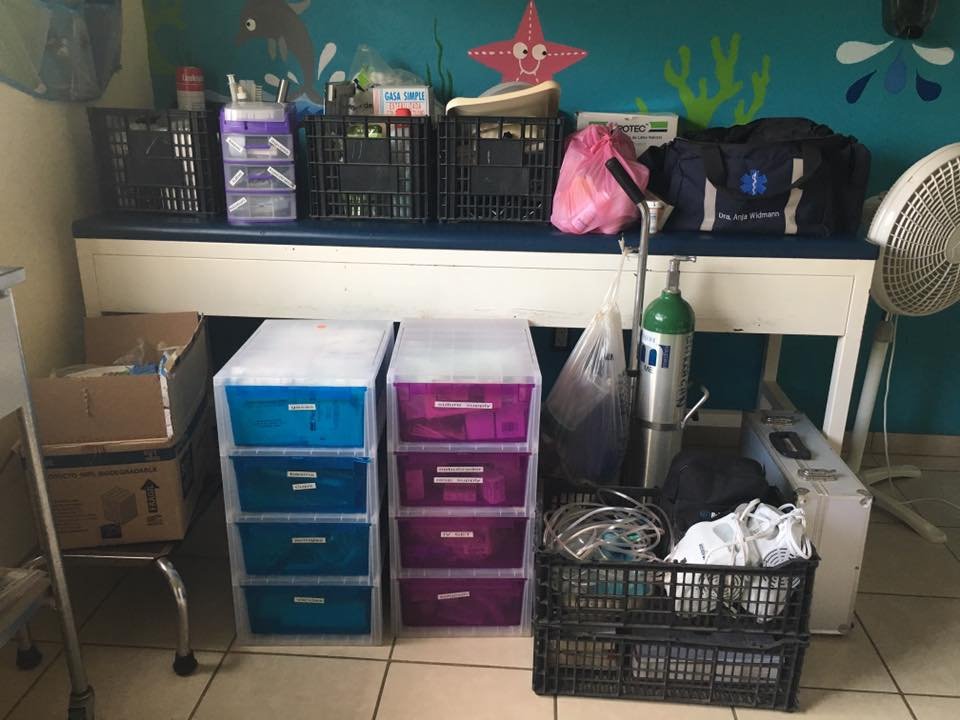
Mobile Clinic & Earthquake Relief 2017
The journey of Oasis del Pacífico Pediatric Mobile Clinic begins -Community Outreach and Challenges
In 2015, the Oasis del Pacífico Pediatric Mobile Clinic initiative took its first steps in Mexico City, with a vision to deliver healthcare services to remote communities along the coast of Oaxaca. The journey began by searching for a suitable vehicle, which led to the purchase of a microbus after a week of exploration.
Generous donors played a pivotal role in supporting the project through a successful fundraising campaign. Meanwhile, in Mexico City, the organizers procured necessary medical supplies, adding to the anticipation surrounding the project.
The plan was to visit Chacahua and nearby communities to engage with them about their healthcare needs and introduce the project. However, it wasn't until the end of July that sufficient funds were received to initiate the refurbishment process. The microbus underwent a thorough cleaning, mechanical repairs, and interior improvements. The team aimed to start serving the communities by October, pending the completion of the refurbishment and a fresh coat of paint.
Despite encountering challenges, such as illness and slow progress, the team's commitment to the project remained unwavering. Extensive work was done on the microbus, including welding, addressing rust issues, and applying a new paint job. The interior was thoughtfully designed with soothing turquoise colors to create a welcoming environment for children.
During the remodeling process, the team faced setbacks due to the time-consuming nature of bodywork and budget constraints. Nevertheless, they persevered, and by November 2015, significant progress had been made. The bus boasted a new floor, seats with fresh upholstery, and a functional sink equipped with lab equipment and medical supplies.
Anticipation grew as the mobile clinic neared completion for its first community visit. However, initial attempts were met with disappointment as the communities showed limited interest in utilizing the clinic's services. Building trust and overcoming cultural barriers became crucial steps in encouraging community members to seek medical care.
Despite these setbacks, the project continued. Unfortunately, the gas shortage in Oaxaca forced further outings to be postponed. For several weeks, the gas shortage hindered the clinic's mobility. However, in August 2016, there was a glimmer of hope as gas became available, allowing the team to refuel the bus. They resumed their efforts, organizing trips to communities and providing healthcare services. Although attendance remained lower than expected, the team remained determined to make a positive impact.
The challenges faced by the Oasis del Pacífico Pediatric Mobile Clinic shed light on the complexities of implementing healthcare initiatives in remote areas. Building trust and overcoming cultural barriers proved to be crucial steps toward achieving success. After numerous attempts, the decision was made to take a break from the project to assess how it could be improved.
Resilience in the Aftermath: The Mobile Clinic's Aid and Assistance after the 2017 Earthquake
In September 2017, a powerful earthquake with a magnitude of 8.2 struck the Istmo region, located about 3 hours south of Puerto Escondido. Dr. Anja Widmann received a heartfelt request for assistance from her dear friend Denise Lechner to help in the affected areas. Together, they decided to lead a mobile clinic mission to provide aid and medical assistance to San Mateo del Mar and its neighboring communities. This region, already burdened by poverty, now faced even greater challenges due to the extensive destruction caused by the earthquake. The area is home to many Huave (Ikoots) and Zapotec communities.
Within three days of the earthquake, the mobile clinic was assembled and a team of volunteers was gathered. They immediately started seeking donations and collecting essential supplies such as food, medication, clothes, and other goods. The local community in Puerto Escondido generously donated supplies, which were used to initially stock the mobile clinic. They also purchased additional medical supplies using the donations received, with plans to restock in Salina Cruz after delivering the aid.
The team visited various communities in and around San Mateo del Mar, organizing the aid into food packages and distributing them to the most vulnerable families. They prioritized women with young children, providing diapers and sanitary towels, and distributed clothes and blankets to the elderly. Initially, the focus was on providing immediate food provisions, clean drinking water, and medical care. As governmental assistance was slow to arrive, the affected communities heavily relied on the help of Mexican civil society. The team witnessed the remarkable efforts of people from all over Mexico coming together to distribute food, blankets, clothes, and other goods. The communities continued to endure numerous aftershocks in the weeks following the earthquake, further exacerbating their fear and distress.
Dr. Anja Widmann and the Mobile Clinic attended to numerous patients, including children, adults, and the elderly. They treated a range of common illnesses such as asthma, diarrhea, colds, dehydration, chronic diseases, parasites, and skin infections. Special care was provided to pregnant women. The team discovered that the affected areas had received limited medical assistance, emphasizing the crucial role of their presence. Most of the medical conditions observed were a result of the general lack of healthcare access in the region. For many children, this was their first encounter with a pediatrician, and the earthquake worsened an already precarious situation.
The absence of a functioning water system in the community presented a significant challenge, as people relied on wells that became unusable after the earthquake due to septic tank leakage. This situation posed severe healthcare threats, particularly during the rainy season when strong rains persisted.
Collaborating with other organizations and individuals, the team persisted in their relief efforts. They dispatched trucks filled with provisions to distribute as needed, supplying care packages to other independent volunteer aid teams in the area. In the face of challenges caused by food shortages, they purchased food items in bulk to create additional food packages.
Their work extended beyond medical aid as they supported community kitchens, distributed food, clothes, toys for children, built rudimentary structures and beds, and facilitated access to clean water. Through collaborations and donations, they provided ongoing support to affected families, ensuring access to essential supplies.
The relief efforts were challenging but fueled by the dedication and resilience of the team, as well as the continued support of generous donors, individuals, and organizations who made ongoing financial contributions to sustain the purchase of necessary supplies. The team also greatly appreciated the support and cooperation of local communities and organizations.
They made numerous visits to the communities around San Mateo over several months following the earthquake to provide ongoing assistance.
































